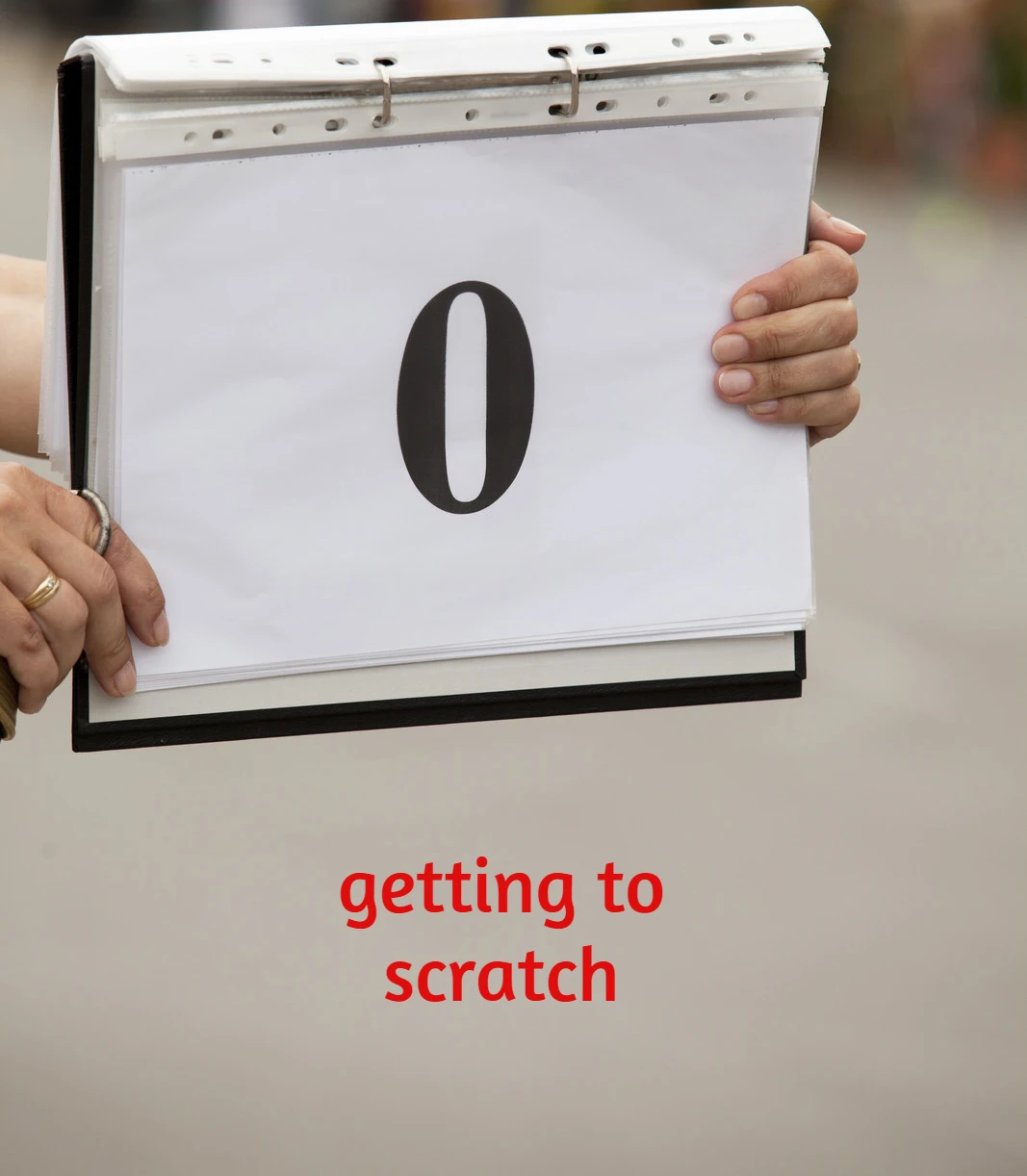How to become a scratch golfer? Easy, just don’t get any bogeys! Seriously though, I have been giving a bit of thought to this recently and I think that there are a few key tips that are useful, regardless of if we are knocking on the door of scratch or still trying to break 100.
What is Scratch Golf Really?
I am constantly complaining about the lack of time I spend on the course and this is true, at least this year. However, in the half dozen or so competitive rounds I did actually play (as Texas scrambles) I was lucky enough to find myself playing in the same group as a few golfers who were scratch or pretty damn close.
As someone who has played golf for a while, I have played with a reasonable number of very low handicap golfers, some of them very regularly. This is why I often point out the difference between an average single figure golfer (me) and someone who is regularly looking to realistically beat par.
One of the advantages of this is that I get to see what a properly good golfer does close up. I am not talking about a plus handicap golfer or someone who is playing professionally. This is a whole step or three further on the scale.
What Scratch Golfers Do (and Don’t)
I think many people expect to get blown away by someone whose handicap is close to zero. This generally isn’t the case. On a round this Summer, we were paired in a scramble with a couple of solid players. I wasn’t in charge of their score card and I had asked my playing partner how many shots they had without asking for their individual caps. Given that nobody gets a lot of shots in a scramble except people sandbagging, I didn’t pay a lot of attention to be honest. My partner was marking the card, we weren’t playing a matchplay, so beyond counting their score, I was concentrating on my own game.
After about three or four holes, I looked at their card and they were two under. Once again, this isn’t anything exceptional in a scramble, but I noticed that one of the golfers, a guy who was perhaps around fifty, had a handicap around 1. At first, I was surprised. He hadn’t blown my away with his game, but over the next few holes, I looked at how he actually played the game.
Firstly, He wasn’t the longest player in the group. He was generally a few yards behind me off the tee, but certainly far enough up to be in a decent position. Secondly, he didn’t miss much off the tee and when he did, his miss wasn’t catastrophic.
He hit a lot of greens. He wasn’t always knocking flag sticks down (although he did hit it close on a couple of holes) but he was generally either putting for birdie and tapping in for par or with a straightforward up and down.
Playing Solid Golf
I would describe what this guy did as solid. Very little of it was spectacular. He hit some great shots, but maybe 2 or 3, which often lead to birdies. What he didn’t do was hit anything horrible and what he definitely didn’t do was compound errors. If he found himself out of permission, he played the percentages rather than trying to make up for the miss.
I chatted to this man quite a bit during the round and also after. His handicap varies between just under zero to perhaps two. He had been at around 8-10 for quite a few years before realising what it took to get to the scratch level.
This got me thinking about all the other really solid golfers I know. They don’t all play in exactly the same way, but there do have some common points. Here are a few things to think about and also how they can help with any golfer who wants to improve.
Distance is Important
You don’t need to be the longest player on the course to shoot par, but you don’t want to be the shortest. If you are hitting long clubs into the green, ultimately you are going to have a much harder time getting close to par than someone who is hitting short irons and wedges into greens.
It doesn’t matter how good you are, nobody hits a lot of greens if they are shooting with a four iron or hybrid every time. In fact, this has been shown quite a bit. There are some fun videos where we can see ordinary golfers playing from where a professional might find themselves after their drives. Spoiler alert: they score better.
GIR (Greens in Regulation)
One of the junior golfer at my course managed to shoot par a few years ago hitting, I think, about two greens in regulation. This is very unusual and the story was used to illustrate how good this guys short game is/was. Whilst it is true that he was great around the greens, what it really showed was how hard it is to score when you aren’t putting for birdie very often, even from distance.
This junior is now a senior and regularly beats par I believe, although I have heard his short game isn’t quite as good. He does hit it 50 yards further off the tee though!
There is an interesting rule of thumb that gives an indication of a reasonable score. I can’t remember where I first read this, but I have always found it very useful. It works like this:
95-(GIR*2)
What this means is that your score is probably going to be around 95 minus twice the number of greens in regulation that you hit. For example, I average around 6-9 greens in reg on my home course. Let’s be generous and call it 8. My score ‘should’ be around 95-(8*2) which is 79.
This is probably pretty accurate. It also tells me when the other parts of my game are working. I was playing a lot of mid-80s rounds a few years ago with the same GIR stats. Conclusion? My putting/short game needed work!
No Blow up Holes
This is a big one. If you look at a scratch golfer’s card, you are going to see birdies, pars, bogeys. You won’t see many doubles, generally none at all in an average round. If you look at my card, you will see probably see a similar but slightly smaller number of birdies, pars and bogeys, but you will also see a double far more often and now and again, a complete mess with a snowman or whatever.
If you do the same thing with a bogey golfer, there will be several doubles or worse on the card every single round. This makes sense of course, a scratch golfer is better than an 8 who is, in turn, better than an 18. However, it isn’t all about how good you are. A low handicap is almost always going to manage the course much better. He will make smarter choices on the course because this is how he became a low handicapper!
This might be the choice of club off the tee for example. It doesn’t mean playing it safe, it might mean hitting driver because the danger is actually short. It might mean taking your medicine when you are in trouble, chipping out sideways or whatever. It almost certainly means choosing targets wisely. As tempting as that flag is, a miss there is big trouble. Maybe the heart of the green and two putts is the smart play.
Scratch golfers play good golf, obviously. However, they might not blow you away with what they do shot to shot. The swing might not look like something on the PGA tour, but it undoubtedly offers a level of consistency. They could smash it miles past you off the tee, but more often than not, they will be a fair way up there with a look at the green on most holes.
This is stuff that we can learn from. Making smart choices, not chasing loses, working on consistent ball striking and increasing distance work as well on the journey from 100 to 90 as they do from 10 to scratch.






